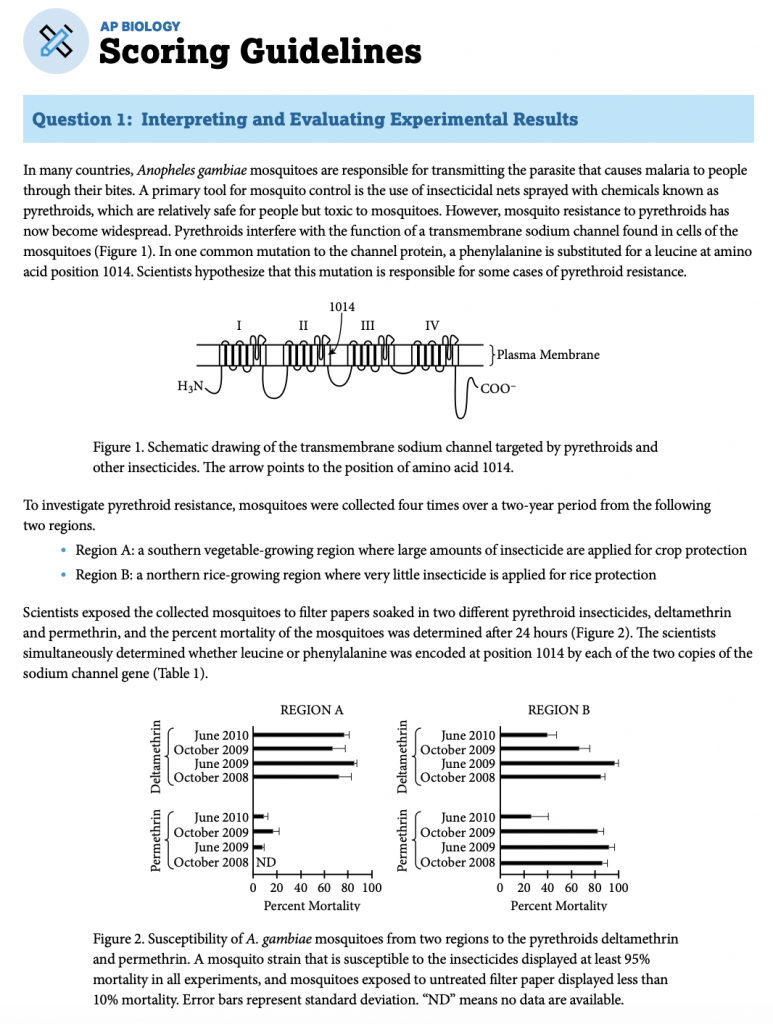

_15.Explain how honeybees communicate information about the location of sources of food.Īssociative learningbehaviorbehavioral ecologyclassical conditioningcognitioncourtshipfixed action pattern foraginghabituationimprintingkin selectionkinesislearningpheromoneoperant conditioningsensitive periodsign stimulussignalsocial behaviortaxisĪgon- = a contest (agonistic behavior: a type of behavior involving a contest of some kind that determines which competitor gains access to some resource, such as food or mates)Īndro- = a man (polyandry: a polygamous mating system involving one female and many males)Įtho- = custom, habit (ethology: the study of animal behavior in natural conditions) _14.Relate an animal's mode of communication to its lifestyle. _13.Describe and illustrate with examples kinesis, taxis, and migration. _12.Describe the ultimate bases of learning. _11.Define play and describe several possible adaptive advantages of this behavior. _10.Distinguish between classical conditioning and operant conditioning. Illustrate these concepts using examples from bird song. Define imprinting and explain the importance of the sensitive period. Explain how learning, maturation, and habituation influence behavior. Explain why it is useful to use evolutionary principles as a guide to behavioral research. Describe the evolutionary basis for behavioral ecology. Define fixed action patterns and give examples in fish and humans. _4.Explain what is unique about innate behavior. Explain how genes and the environment contribute to behavior.

Distinguish between proximate and ultimate questions about behavior. Introduction to Behavior and Behavioral Ecology If you have any problems please sign up for extra help after school. 51 emphasizes the nature of animal behavior, how biologists study it, and the function of behavior in the relationship between an animal and its environment. At the cellular level, plants and animals are surprisingly similar in their signaling mechanisms. 39 focuses on how plants respond to an always changing environment. MISSION: Engage students to continuously learn, question, define and solve problems through critical and creative thinking.Ĭh.


 0 kommentar(er)
0 kommentar(er)
